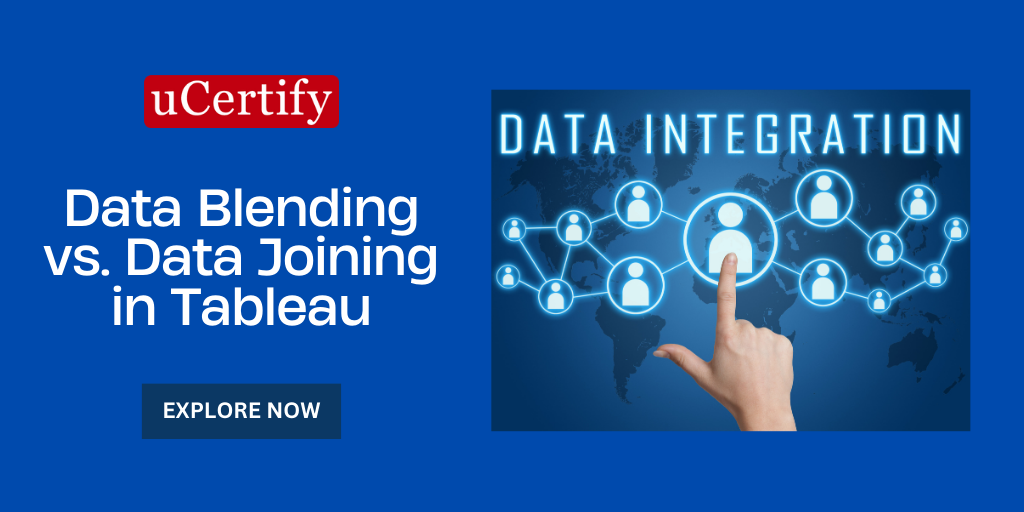
Tableau offers powerful tools for combining data from multiple sources, but it’s crucial to understand the distinction between two key methods: data blending and data joining. Each approach has its strengths and use cases, and knowing when to apply each can significantly enhance your data analysis capabilities.
Data Joining
Data joining is a method of combining data at the row level from two or more tables based on common fields. In Tableau, this is typically done before the visualization stage.
Key characteristics of data joining:
- Performed at the data source level
- Combines data horizontally, adding columns from different tables
- Requires a common key between the tables
- Can be inner, left, right, or full outer joins
- Suitable for data from the same or similar sources
Use cases for data joining:
- When data is from the same database or has a consistent structure
- When you need to combine data at a granular level
- For performance optimization with large datasets
Data Blending
Data blending, on the other hand, is a method of combining data from multiple sources at the aggregate level during the visualization process.
Key characteristics of data blending:
- Performed at the worksheet level
- Combines data vertically, based on common dimensions
- Does not require a common key, but uses linking fields
- Always performs a left join with the primary data source
- Suitable for data from different sources or structures
Use cases for data blending:
- When working with data from disparate sources
- For combining data at different levels of granularity
- When you need to maintain the integrity of each data source
Choosing Between Blending and Joining
Consider these factors when deciding which method to use:
- Data source: If your data is from the same database, joining is often preferable. For disparate sources, blending might be necessary.
- Performance: Joining generally offers better performance for large datasets, as the data is combined before analysis.
- Flexibility: Blending allows for more flexible combinations of data, especially when sources have different structures.
- Granularity: If you need row-level detail, use joining. For aggregate-level analysis, blending can be more appropriate.
- Maintenance: Blended data sources are easier to update independently, while joined data might require redefining relationships if source structures change.
Conclusion
Understanding the differences between data blending and data joining in Tableau is crucial for effective data analysis. By choosing the right method for your specific needs, you can create more accurate, efficient, and insightful visualizations.
As you continue to work with Tableau, experiment with both methods to gain a deeper understanding of their strengths and limitations. This knowledge will empower you to make informed decisions about data integration, ultimately leading to more powerful and meaningful data analyses.
Enhance Your Tableau Skills with uCertify
To deepen your understanding of data blending, data joining, and other essential Tableau concepts, consider enrolling in the uCertify Learning Tableau course. This comprehensive course covers a wide range of Tableau features and techniques, including:
- Detailed explanations of data blending and joining
- Hands-on exercises to practice both methods
- Best practices for data integration in Tableau
- Advanced topics in data manipulation and visualization
By mastering these skills through the uCertify course, you’ll be well-equipped to tackle complex data analysis challenges and create compelling visualizations that drive decision-making in your organization.
Start your journey to Tableau expertise today with uCertify’s Learning Tableau course and take your data analysis skills to the next level!
If you are an instructor, avail the free evaluation copy of our courses and If you want to learn about the uCertify platform, request for the platform demonstration.
P.S. Don’t forget to explore our full catalog of courses covering a wide range of IT, Computer Science, and Project Management. Visit our website to learn more.



_000G28.png)
